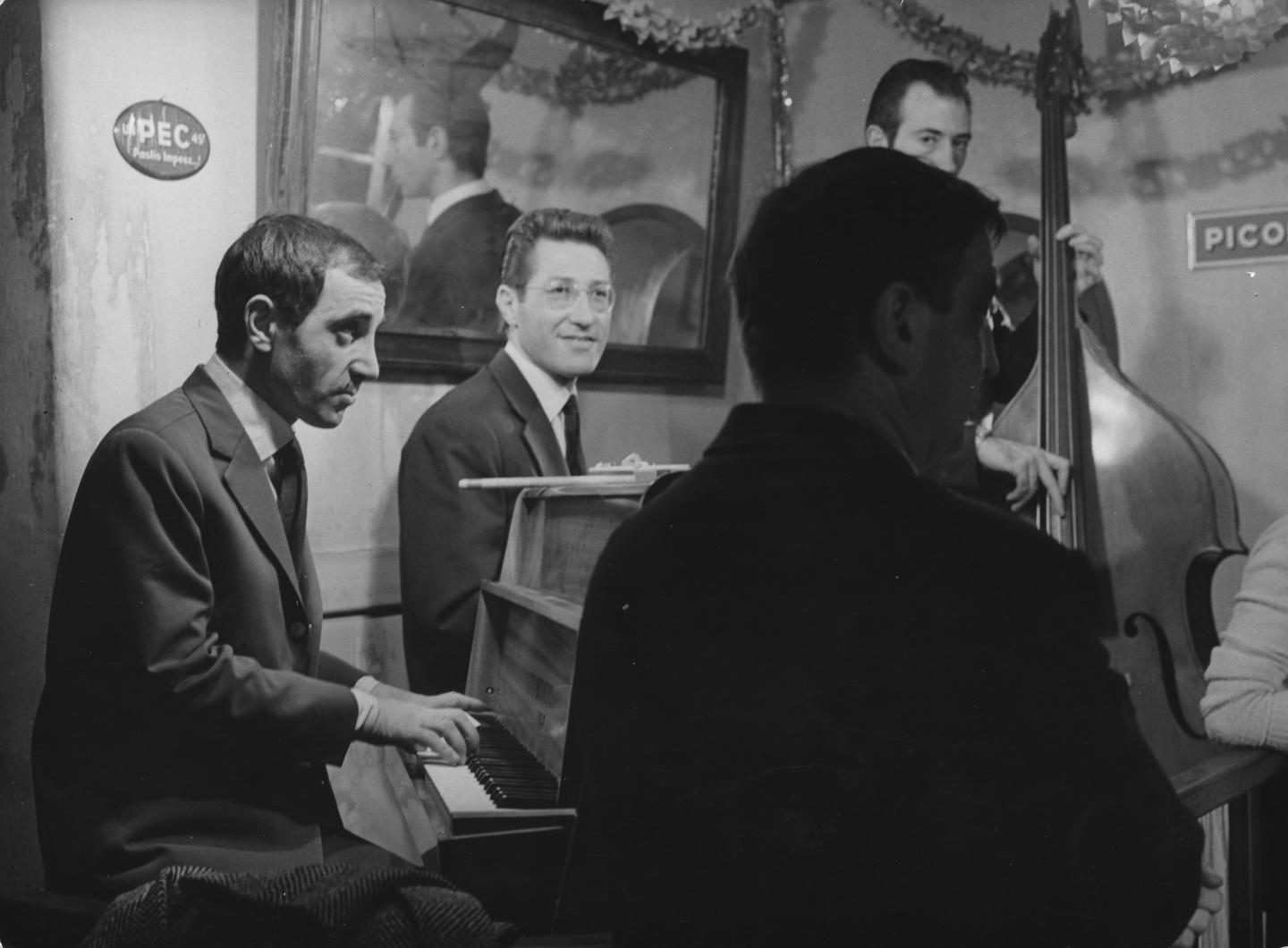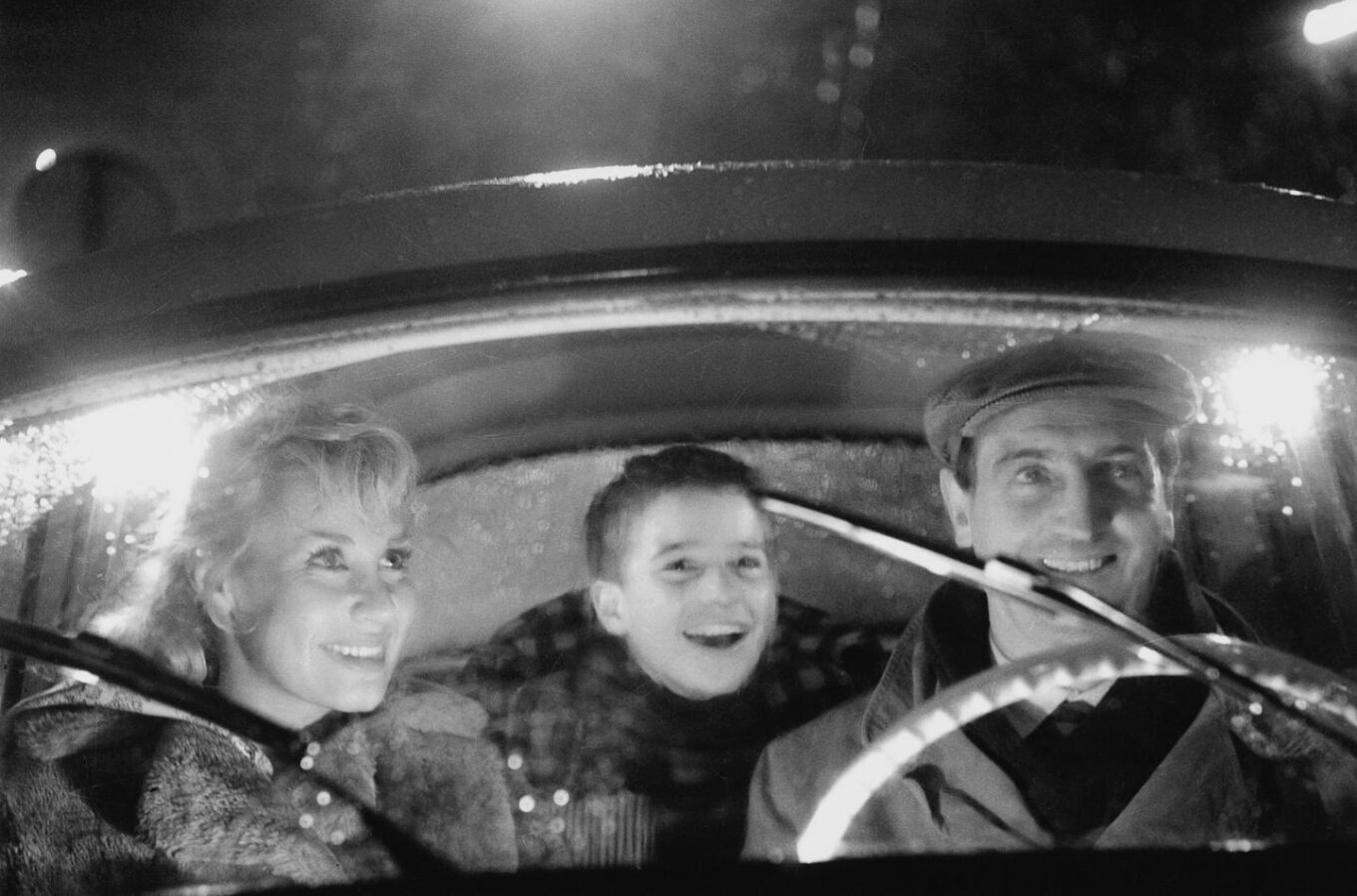WILL PALMER reflects on the career of influential French New Wave director, François Truffaut, in his review of the BFI Southbank’s latest season dedicated to the director.
Throughout January and February, the BFI Southbank is celebrating the work of French New Wave director François Truffaut, titled ‘François Truffaut: For the Love of Films’, with new 4K restorations of his classic films. Starting his career as a critic in the 1950s, for the French film magazine Cahiers du Cinéma, he and his fellow critics attacked the mainstream film industry for lacking its own distinct identity, due to its focus on adapting literary and theatrical works. As the sixties loomed, he and fellow writers Jean Luc Godard, Claude Chabrol, Eric Rohmer and Jacques Rivette exploded onto the international film scene, challenging mainstream conventions of narrative, and changing and influencing the way movies looked and sounded to this day. From this period, films such as The 400 Blows (1959), Don’t Shoot the Piano Player (1960), and Jules and Jim (1962) have established their place in film canon as benchmarks of rebellion, both against society and the filmic mainstream.

Ironically, of course, as this movement gained popularity and influence, it became mainstream itself. Whilst figures such as Godard kept pushing for more radicalism, rejecting narrative cinema and becoming intertwined with Maoist philosophy, Truffaut maintained his sentimental edge, and his films from the mid-sixties onwards often reflected his love for cinema and the world around him. This is evidenced through the four sequels he made for The 400 Blows, tracking its protagonist Antoine Doinel as he navigates life one relationship at a time (and indeed, the story of Daniel has many parallels to Truffaut’s own life). Highlights of this period in his career include Stolen Kisses (1968), Day for Night (1973) and The Last Metro (1980). Day for Night saw Truffaut win an Oscar for Best Foreign Film, whilst The Last Metro saw him sweep the César Awards with ten wins in 1981. In October 1984, he died of a brain tumour, at the age of 52. His early death, combined with his meteoric rise in the French film scene, has since marked him as key to what French cinema of the sixties and seventies represented. As such, he has always been a figure of great interest to those seeking an accessible way to understand the best of European cinema from this era.

The BFI is showing eight of Truffaut’s films across January and February, most prominently The 400 Blows and Jules and Jim. The former is a touching story of a French child struggling to find a sense of meaning as he coasts between an authoritarian, boring school system and irresponsible, uncaring parents. The more he rebels and fights for his freedom, the more he finds that the systems of control surrounding him are trying to make him conform. An immensely touching and iconic picture, it is not to be missed. Jules and Jim is a less angsty but more experimental affair. Focusing on a love triangle between Jules, Jim and Catherine, set around the time of the First World War, it is funny but tragic, joyous, yet with a sense of melancholy. Many of the techniques Truffaut implemented – such as voiceover and montage – directly influenced Scorsese when making Goodfellas (1990), and such techniques have now become so commonplace they are clichéd. Nonetheless, there is nothing quite like witnessing cinematic history, especially when it is presented in such a thoroughly entertaining manner.
Special Thanks to BFI Southbank for providing tickets to see The 400 Blows.
Featured Image: The 400 Blows (1959). Image courtesy of the BFI.





